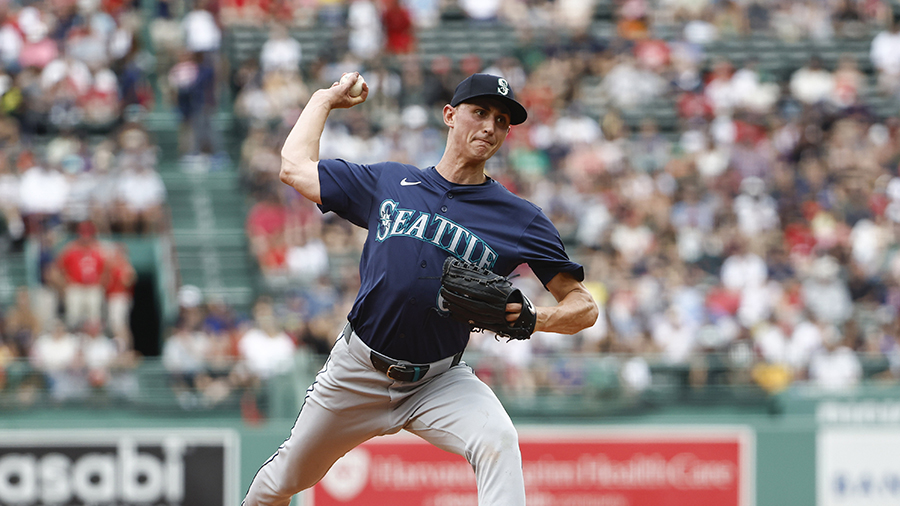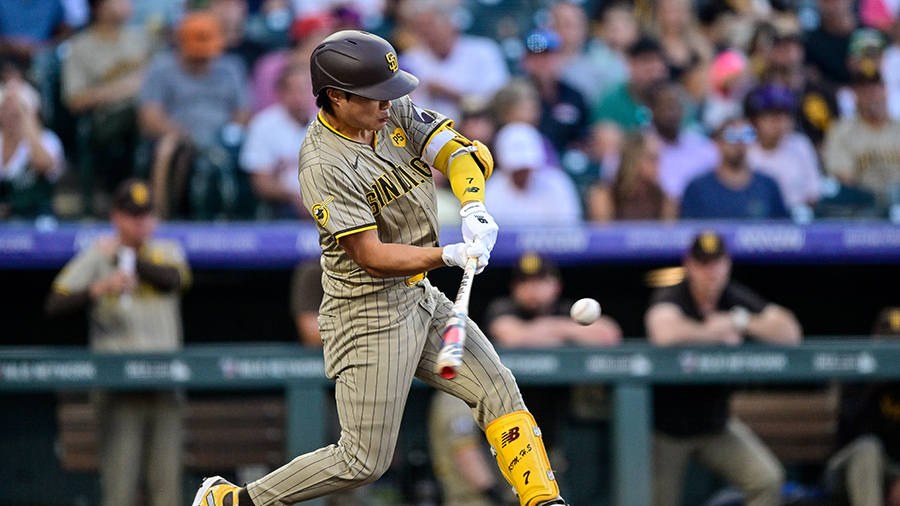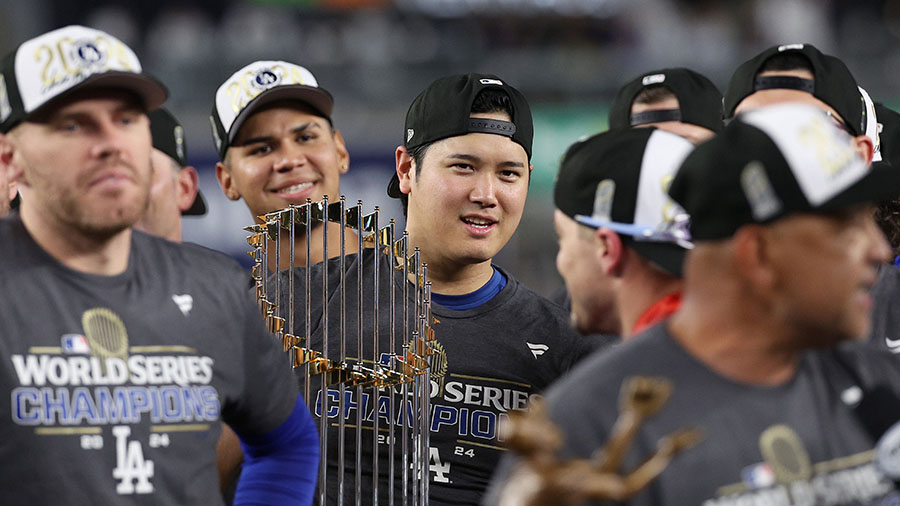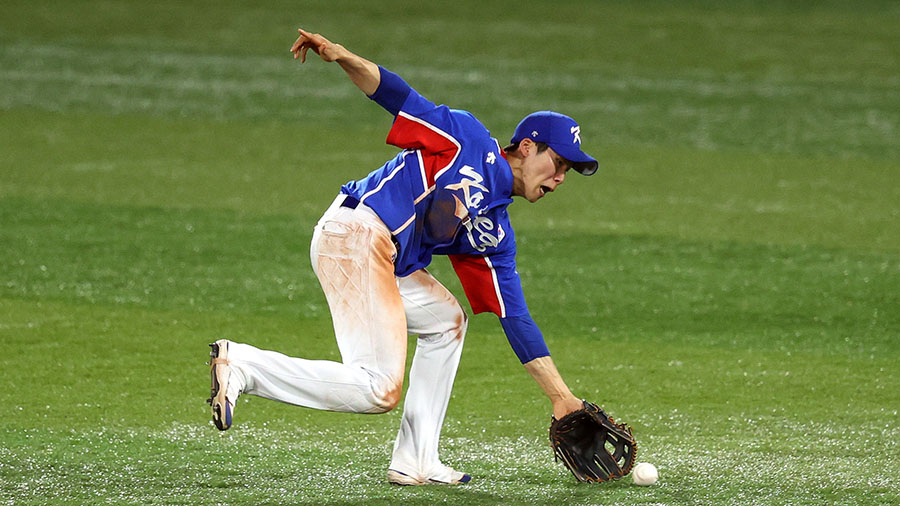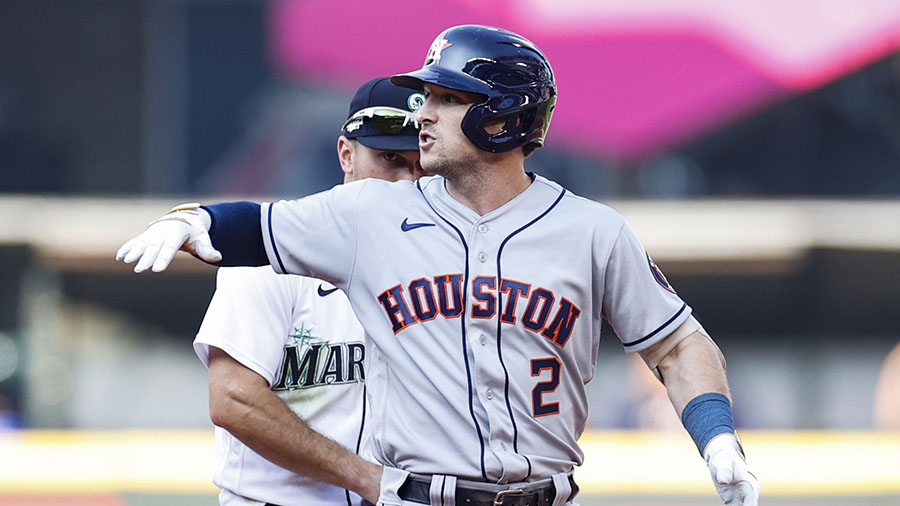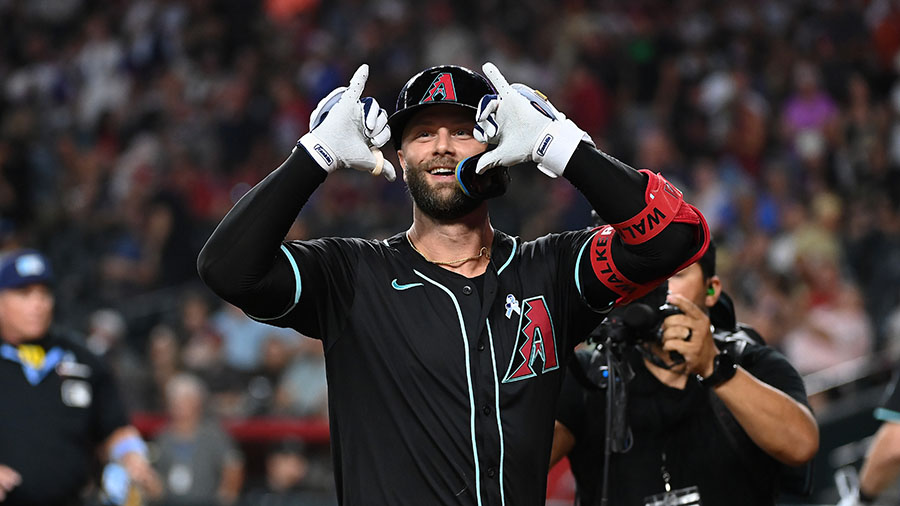How Mariners’ analytics department views Kikuchi, Gilbert and others
Feb 12, 2021, 4:54 PM
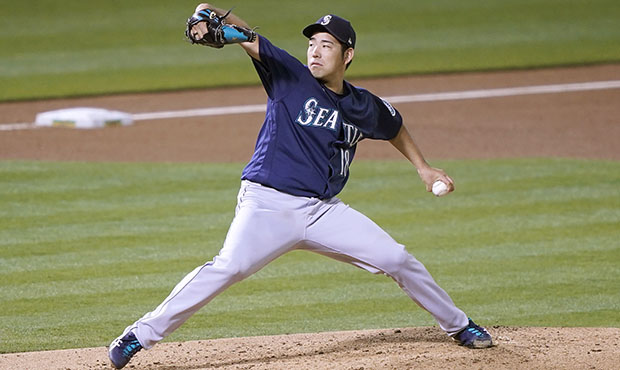
Mariners LHP Yusei Kikuchi had a better 2020 than his numbers may indicate. (Getty)
(Getty)
With Spring Training right around the corner it is a great time to take a look at a few Mariners of interest through different eyes. Eyes that are very invested in the performance of these players. Eyes that belong to a group Aaron Goldsmith has dubbed the “Official Marinerds.” Yep, we are going to the analysts for this look.
Mariners agree with Ken Giles, who is out until 2022, on multi-year deal
As recent guests on the Hot Stove Report, senior director of analytics Jesse Smith and Joel Firman, director of analytics for the Mariners, gave valuable insight across two segments of the show. If you have ever wondered exactly what it was the Mariners team of analysts does, a rather thorough explanation can be found in the audio. The more abridged version of the multi-faceted approach the department takes was provided by Firman.
“Anything that we can do with the data to help our team get better in the immediate sense – on-field strategy, player development, assisting coaches in how to use data in creative ways, player evaluation and roster management – and then the other facet is something that we have a lot of fun with is always looking to learn as much about the game as possible, globally. Where is the game going what can we learn about it.”
The balance of the two facets best explains the day-to-day in baseball analytics, right up until it doesn’t according to Smith.
“The most fun part is how much the day-to-day can change unpredictably,” he said. “This time of year particularly. While we are working all these things and I might wake up with a plan of what my day might be, there’s a decent chance Jerry (Dipoto) or Justin Hollander are going to get in touch and ask us to look into some sort of trade concept or free agent negotiation that is ongoing, look at it from an analytical lens, put some materials together and present an opinion, which is kind of the thrill for me.”
With the information they possess, Smith and Firman provided an interesting look at a number of players throughout the show starting with Yusei Kikuchi, whose look and pitch metrics saw huge changes from 2019 to 2020. What could this mean for his performance in 2021? Here’s how Firman broke it down.
“Another kind of bingo card item. I’m going to take a pitcher with an ERA over 5.00 and tell you how good he was last year. That’s a very baseball analytics thing to do,” he said with a laugh.
“I was very intrigued with him,” he continued. “I think we all were (happy) with what we saw with Kikuchi this year despite the run prevention struggles. The few things that stood out to us? The pure stuff coming to life. This is just a completely different set of weapons from Yusei than we have ever seen, consistently throwing the ball over 95 mph with the fastball and throwing this thing we can’t really decide is a cutter or a slider (Kikuchi calls it a slider), it’s coming in at 91, 93 mph with some some gloveside movement and a good breaking ball as well.”
There’s no disputing the numbers, Kikuchi’s velocity was up across the board with the fastball average jumping from 92-95 mph, cutter/slider 86-92 and curve/what is categorized as a slider by Baseball Savant but after talking to Kikuchi, I suspect is a harder curveball at 75-83. The numbers for the new “stuff” also showed dramatic change with Kikuchi, who in was 2019 sitting in the lower 20th percentile in most batted ball categories according to Baseball Savant, with a K% in the lower seventh percentile of MLB and jumping to numbers at the 55th percentile rank and higher in 2020 while coming in at the 54th percentile in strikeout percentage and 72nd percentile in Whiffs. On the page in 2020 Kikuchi for the most part was good and dramatically different from 2019 but the results on the field, far too similar. What are the analysts focusing on?
“Your ERA metrics can be very volatile year to year,” said Firman. “I think the things that are usually predictive from one year to the next, strikeouts and walks, there are other things as well, but I think those are the two things that really make up the identity of a pitcher in really stable terms and we saw Yusei’s strikeout rate really climb with the new stuff. To go on the other side of the spectrum, I think one of the things that really bounces around from year to year and we can really attribute to a lot of luck is just the kind of timing that events happen.
“If you let up six hits over the course of a game and they all happen in a row, that’s going to lead to a lot of runs. But if they are scattered over 6 innings, you might pitch a shutout. And while that may seem like a very sustainable skill at the time, I think the data will tell us that the people who are good at doing that one year are not good at it the next and visa-versa. That was an area where that Yusei actually on a per-batter basis last year was pretty good and just the bad outcomes kind of clustered in a way that was unfavorable and I think we are looking forward to another shot at things with this new version of him.”
Another player of interest had his name volunteered by Smith. Luis Torrens. Acquired at the deadline from San Diego, Torrens was given a crash course in Mariners pitching, catching the majority of remaining games upon his arrival. At the plate, Torrens put up a palatable line of .254/.323/.373/.696. Not bad for a backup catcher. Smith thinks there might be more.
“I think our roster right now is really fun in what it could become,” he said. “A lot of interesting players that have at least the possibility of really stepping up into stardom of one form or another, and I think a lot of those are very well known but one that I am particularly interested in is Luis Torrens.”
If you are looking for the analytical breakdown of the diamond in the rough here, well, this one is more about the total picture. Story time.
“I think the narrative with him is very interesting when you dig in. He’s had a really strange development path. The Yankees signed him as an amateur player when he was really young for 1.3 million out of Venezuela and that’s a really high number that you are not handing out to just anyone,” Smith said. “He was a real prospect from a young age and the Yankees have a really good track record of identifying those guys. San Diego came along and used the Rule 5 draft in a way that is probably not how it is intended to be used exactly, but they thought this player was special enough that they were willing to put him on the roster for a year knowing that he was not major league ready so they could acquire the player.”
“The downside to it is doing this might make sense for a team but it might also really harm a player’s development track. Instead of going to an age appropriate level and progressing, Torrens was thrust into a really different situation with sparse playing time and there is an argument to be made that would really set back a really young prospect in developing,” Smith continued. “Then in 2018 he goes back to the minors, has an interesting season, maybe a little disappointing from his prospect pedigree, and then in 2019 he was really, really good in the minors, not just offensively but his defense improved a ton, too, and our boots on the ground were saying the makeup was really strong and there was potential leadership there. And it’s not as though the Padres were just discarding (players they traded to the Mariners like infielder Ty France and Torrens), they just had a team that was trying to win now and they were willing to jettison interesting players for sure thing type players and we were able to take advantage of that. I think Torrens did a lot to impress our staff when he showed up and we are really excited to see exactly where he goes.”
Smith and Firman have played parts in the acquisition of just about every player that has come to the organization in their time with the Mariners and it would be unfair to ask if they had favorites but thankfully, that did not deter Goldsmith.
“I think we were all deprived in watching Logan Gilbert pitching in real games this year,” said Firman. “This is someone who when we drafted Gilbert, I think he did a lot of things we were interested in and I think one of the things that has stood out since then is his acumen and hunger to get better at every component of pitching, particularly learning about where the most strategic places to throw his pitches are and really latching on to that concept perhaps more than any pitcher we have in the organization. Latching on how to improve the shapes of his pitches and being very deliberate with that. Even at the alternate site we are seeing him do things with his changeup and slider that he has never done before. The rate that he has been able to improve in his development, I’m really excited to see him.”
Smith went with a hitter and perhaps a bit of a surprise when you consider the age. Entering his age 26 season having played in parts of four seasons, at the plate it would be easy to assume at this point that J.P. Crawford is what J.P. Crawford is. Smith instead sees a progression coming off a very good foundation.
“I love his approach to hitting,” he said. “I think he’s a student at the craft who I think could really become a master. Incredible at decision making, knowing when to swing, I just loved his tactical approach. Then defensively, we all saw it last year, he’s a monster at short and that was so awesome to see. He really just tickles me from a prospect evaluation. This guy was a consensus top ten for years from a really young age, it just didn’t develop as quickly as people wanted it to and the Phillies got a little impatient so it’s just really cool to watch him put it together for us.”
Kikuchi, Torrens, Gilbert and Crawford, it might be worth putting a star next to their names in 2020 considering these insider looks.
Listen to the discussion at this link or in the player below.
Follow Mariners insider Shannon Drayer on Twitter.
Jerry Dipoto: How farm system’s high ranking applies to Mariners’ plan





